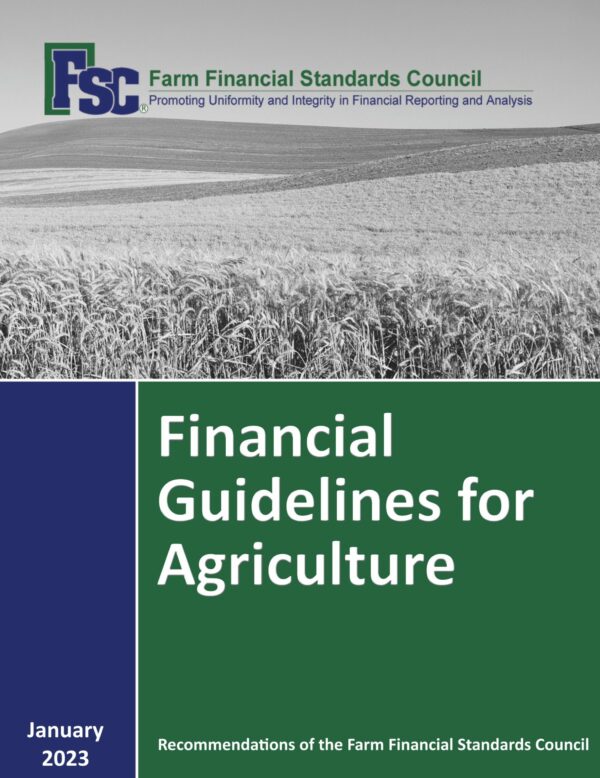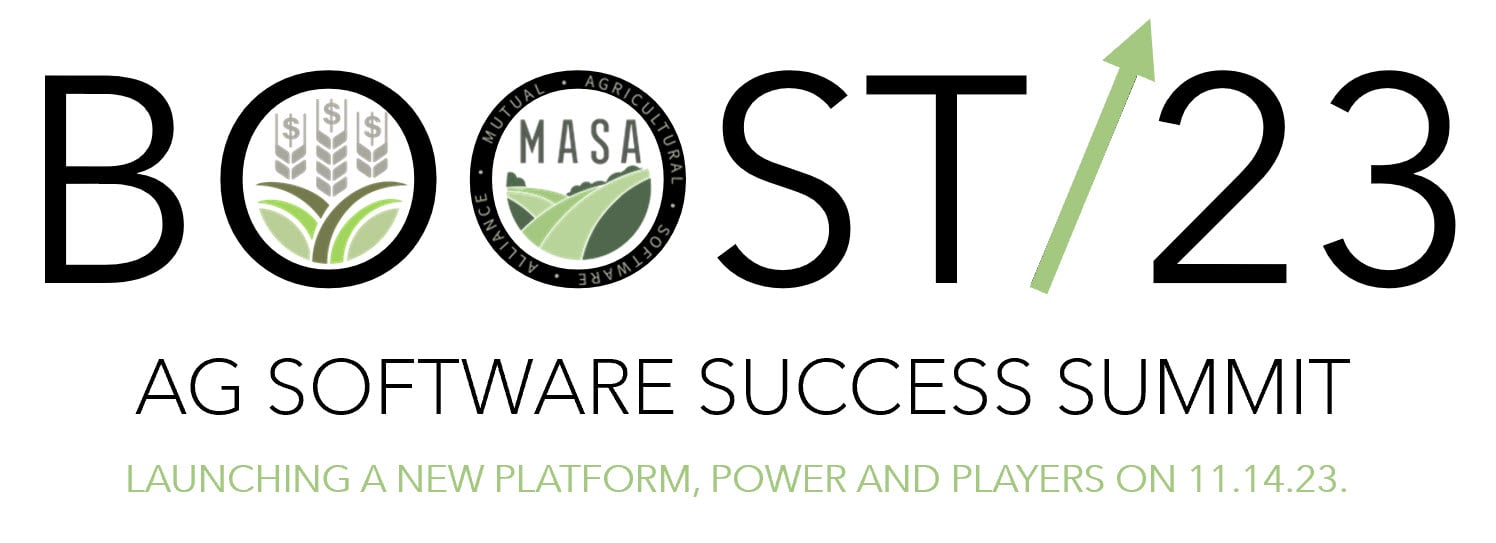The Farm Financial Standards Council has recently releasedFinancial Guidelines for Agriculture: An Implementation Guide for Non-Accountants. Not every farm or ranch operation has an accountant on hand or the accounting knowledge to take advantage of the ways financial reporting and data can revolutionize the way you make decisions, and, more importantly, grow. In recognition of that gap, the guidelines seek to help farmers and non-accounts gather the needed financial information, analyze it, and put it to use as decision support.In support of that effort, we think it equally valuable to understand who the council is and why this information is so vital to your farm business.
Quick Links
- What is the Farm Financial Standards Council?
- Why is the FFSC Important for Farm Operations?
- How Can Farm Financial Standards Impact Farm Operations
- 5 Steps to Implementing Farm Financial Standards for Your Farm Operation
What is the Farm Financial Standards Council?
The Farm Financial Standards Council was first established in the 1990s to help create standards for agricultural accounting and reporting. From providing definitions of commonly used language and terms to formalizing procedures for reports, the council provided structure where, previously, much bookkeeping and reporting were created out of necessity with no consistent or uniform structure across agricultural organizations.
As a result, already complex financial reporting was made more complex. The Farm Financial Standards Council first published its guidelines in 1991 and, since then, has updated those standards regularly.
 Why is the FFSC Important for Farm Operations?
Why is the FFSC Important for Farm Operations?
Let’s be honest, for most farmers, especially in the past, financial reporting and accounting were not priority number one. For that reason, much of what was required was handled with an approach that centered on “Does this work for you?”
Unfortunately, that mindset isn’t nearly as useful for farmers. There’s a lot of useful data to come out of financial reporting and agricultural accounting, but a lack of standardized procedures means there’s no means of comparison or really understanding how to apply that data. Data analysis requires standardization across and over time. Standardization and uniformity, like what the FFSC created, makes that, and managerial accounting possible.
And now, as more and more complex data gets added into the mix, standardization is vital to making use of the data both in the back office and for reporting agencies.
How Can Farm Financial Standards Impact Farm Operations
One of the biggest impacts of the Farm Financial Standards has been an increase in efficiency by creating guidelines to follow. Rather than cobbling together reports and struggling to make sense of financial data, financial standards create a consistent framework for organizations to use, simplifying and streamlining the process.
However, beyond that farm financial standards help create the foundation for farm management and managerial accounting. In short, those standards create the reliability and consistency farm managers need to make strategic longer term decisions based on valuable day-to-day information. Understanding how your farm’s finances work are essential to being able to ride out lean times and make smarter decisions when you’re flush.
 5 Steps to Implementing Farm Financial Standards for Your Farm Operation
5 Steps to Implementing Farm Financial Standards for Your Farm Operation
If you’re looking for ways to improve your efficiency and effectiveness, especially when it comes to strategic planning and farm management, then look no further than implementing farm financial standards. The Farm Financial Guidelines provide the framework you need, and step by step guide to implementation, to start leveraging the financialdata you’re already collecting. And..if you’re not collecting it? Then that’s the first step.
1. Organize your records and financial data. This means being able to account for both income and expenses and trace those funds to profit centers. Using agricultural accounting software can facilitate this process.
- 2. Create financial reports. From your record keeping, you should be able to create some very basic financial reports including: an income statement, cash flow statement, statement of owner's equity, and a balance sheet that reflect the entire time period for which you’ve created these reports.
- 3. Consider your financial position. Your financial statements should help you assess your assets and current liabilities. What are your current assets? Include all cash on hand, equipment, livestock, inventory, and other items required to operate your farm or ranch. What are your current liabilities? Include accounts payable and any outstanding balances or principals.
- 4. Look at your cash flow. Financial performance relies upon cash flow and how your farm or ranch manages its money. Plain and simple, how easily can you meet your costs? How well will you weather downturns, challenges, or obstacles? Could you manage a capital investment at this time, if it were needed?
5. Complete a financial analysis. This is where the proverbial rubber hits the road. With all the information and reports you’ve created, you can now compare your position to other farms of similar size (made far easier by the Farm Financial Guidelines that standardize reporting), and assess your profitability.
In addition to being able to, more easily, gauge your financial situation based on established industry benchmarks, you will also have a better sense of which profit centers are more successful, where costs are too burdensome, gauge your rate of growth, and, most importantly, set realistic financial goals for the future.
Without standardized guidelines, those benchmarks wouldn’t exist and that’s due largely to the work of the Farm Financial Standards Council. Still, even with the guidelines, the accounting functions of a farm can be a full time job in itself. Learning to use the resources available to you, like a farm ERP solution that aggregates all your important data in one place, allowing you to see this kind of full picture, can save you time and stress.
If you’d like to learn more about how farm accounting software and an ERP solution can help you and your farm or ranch, reach out to the FBS Systems team today. 
















